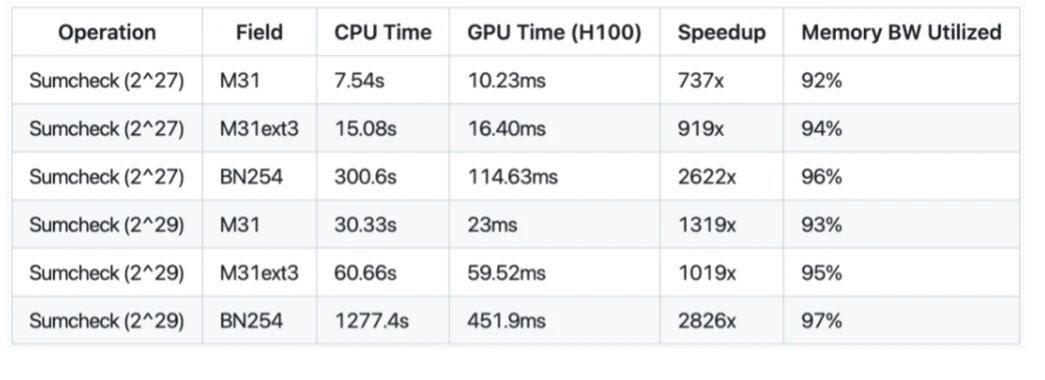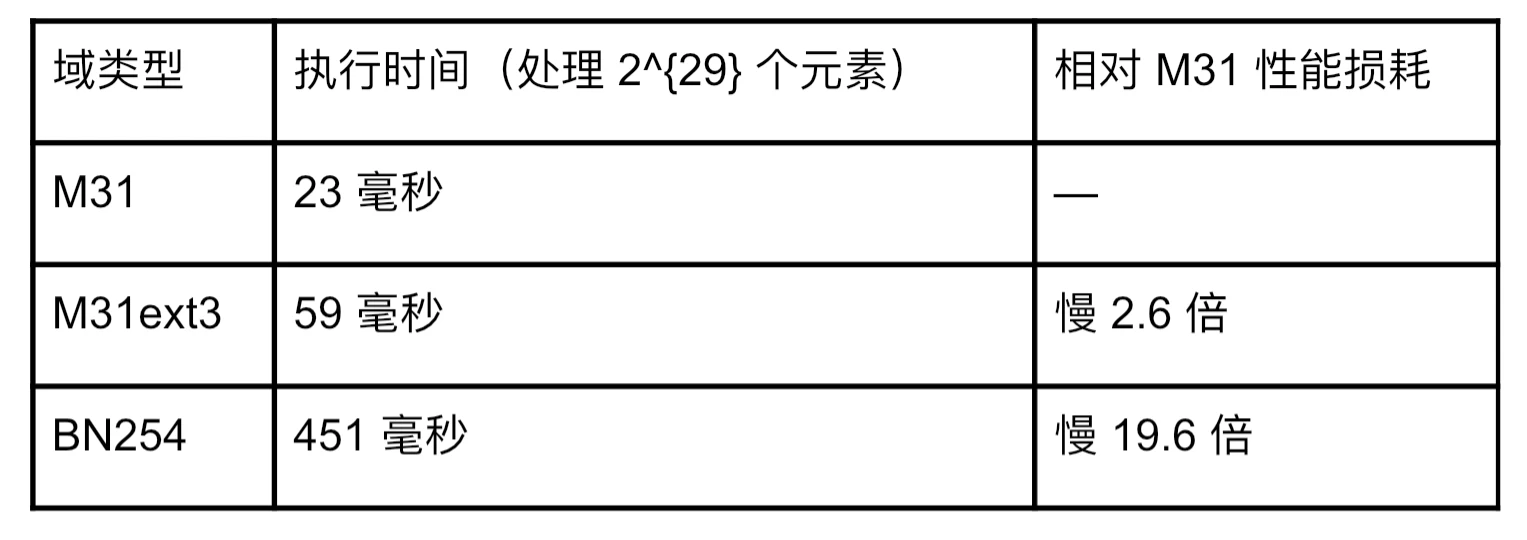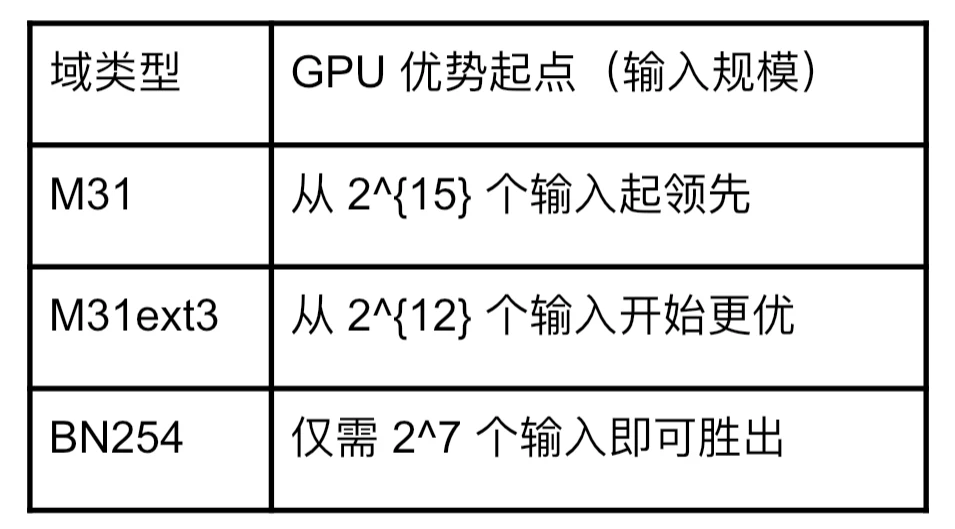This article will analyze a key technological breakthrough: by combining high-performance GPUs with zero-knowledge proofs, we are enhancing the operational efficiency of Ethereum by hundreds or even thousands of times. This not only addresses the long-standing performance bottlenecks of blockchain but also provides a feasible technical path for the future of Web3 infrastructure.
If you have ever wondered: why is Ethereum slow and why are transaction costs so high? Or if you are paying attention to the key driving factors of next-generation blockchain technology? Then this article will provide you with clear answers.
The Essence of the Problem: Why is Blockchain Like a Congested Highway?
You can imagine Ethereum as a highway. Currently, all users and applications are competing for limited lane resources, leading to network congestion, slow transaction processing, and high gas fees.
The traditional solutions boil down to two approaches:
Build more lanes — that is, construct Layer 2 networks (e.g., Rollups)
Make vehicles smaller — that is, compress transaction data
But what if there were a way to "teleport" vehicles instead of continuing to squeeze them into lanes? This is precisely the paradigm shift brought by zero-knowledge proofs (ZKPs). The core idea is: there is no need to transmit all transaction data itself; instead, a mathematical proof can be generated to verify the authenticity of the transaction. In other words, we no longer need every vehicle to travel down the highway; we can directly verify that "these vehicles indeed reached their destination." This not only reduces the burden of data transmission but also allows for the compatibility of "high throughput + strong security + trustless verification."
The Verge: The Next Evolution of Ethereum
Ethereum is currently advancing a grand technological blueprint — The Verge, which you can understand as Ethereum's "slimming plan." The goal is to significantly lower the threshold for running Ethereum nodes, making it as simple as running an app on a mobile phone. In the future, everyone will be able to easily join the Ethereum network without relying on a high-performance gaming computer.
However, there is a key technical challenge behind this plan: it requires completing millions of complex mathematical operations in a very short time.
This is precisely the breakthrough direction that the Polyhedra team is focusing on — how to leverage GPU acceleration for large-scale ZK computations while significantly improving execution efficiency without compromising verification security.
Technical Challenge: This Set of Data Will Change Your Perception
To understand the complexity we are dealing with, here is the real scale of current on-chain operations in Ethereum:
Consensus Verification:
Each block contains about 90 million SHA2-256 hash calculations and 2,048 BLS digital signature verifications.State Transition Proofs:
Each block requires approximately 500,000 Keccak hash operations.Current Bottleneck:
The CPU-based zero-knowledge prover currently processes only about 2 million Poseidon hash calculations per second.
The real challenge is — we need to use zero-knowledge proof technology to complete all of the above calculations, which undoubtedly adds significantly to the computational complexity.
Breakthrough Point: The Computing Power Revolution of GPUs
As we all know, GPUs are beloved by gamers and AI engineers. However, these graphics processing units demonstrate capabilities far beyond CPUs when handling the large-scale parallel mathematical computations required for zero-knowledge proofs.
At Polyhedra, we have natively optimized the ZK proof system for GPUs and achieved astonishing breakthrough performance metrics:
Performance Leap, Exceeding Expectations
Basic mathematical operations (Mersenne31 field) accelerated by 362 times.
Complex cryptographic operations (BN254 elliptic curve) accelerated by up to 2826 times.
A zero-knowledge computation that originally took 21 minutes has now been compressed to just 450 milliseconds.
In other words, this is equivalent to your daily morning commute time dropping from 20 minutes to less than half a second. This is not an incremental optimization but a paradigm-level computational leap.
Why This Breakthrough Matters to You
Lower transaction costs: Faster proof generation means significantly reduced overall computational costs, leading to lower gas fees. A win-win for users and the network.
Stronger security guarantees: Remember we mentioned Ethereum's annual security budget exceeding $40 million? With our technology, light nodes can easily verify the entire Ethereum consensus chain, enjoying mainnet-level security without the need for massive resource expenditure.
More widespread node operation, with Ethereum running on mobile phones: Our continuous optimization in performance and efficiency is making it possible to run Ethereum nodes on ordinary devices. In the future, verifying blockchain data may only require a mobile phone.
Technical Core: How We Achieved This
1. GPU Native Design: CUDA Optimized Sumcheck Protocol
We have built a Sumcheck implementation based on CUDA, fully leveraging the parallel computing advantages of GPUs:
Customized CUDA kernels designed for field operations (addition, multiplication, exponentiation).
Maximizing GPU bandwidth utilization through merged memory access patterns (measured bandwidth of RTX 4090 reaches up to 1008 GB/s).
Using warp-level primitives to achieve efficient reduction operations.
This level of deep customization allows the Sumcheck protocol to no longer be constrained by the serial bottlenecks of CPUs.
2. Memory is King: Bandwidth Bottleneck Optimization Traditional views suggest that the ZK Prover's computational bottleneck lies in computing power, but our empirical evidence shows — Sumcheck is a typical memory bandwidth bottleneck issue:
Memory throughput analysis: Bandwidth utilization reaches over 95% of the theoretical limit.
Data structure optimization: Using Structure-of-Arrays (SoA) instead of traditional Array-of-Structures (AoS) structures.
SM unit utilization improvement: Achieving optimal hardware occupancy through optimized thread block configurations.
By addressing memory throughput issues, we have transformed ZK computation into a truly efficient streaming task.
3. Customized Optimization Strategies for Different Fields
Different cryptographic fields have different operational characteristics, and we have tailored optimization paths for each mainstream field:
Mersenne31 (M31): 31-bit integer optimization with efficient modular operation structures.
M31ext3: Extended field support, balancing polynomial expansion and low overhead.
BN254: Customized multipliers based on the Montgomery algorithm, specifically designed for 254-bit large integer fields.
This highly targeted low-level optimization makes our ZK Prover both versatile and extremely efficient.
Performance Data Breakdown: Where Optimization Occurs
We have not just made it "much faster," but have pushed ZK performance to unprecedented heights. Here are the measured performance data:

Technical Architecture Revealed: The Truth Under the Hood
GKR Protocol Stack: The Core of Acceleration
Our acceleration optimizations focus on the GKR (Goldwasser-Kalai-Rothblum) protocol, specifically including:
Linear GKR layer: Used for processing addition and multiplication gates.
Sumcheck protocol: The performance bottleneck, accounting for nearly 50% of total CPU computation time.
Polynomial evaluation stage: Reducing computation time on the GPU from 8.4 seconds to 9.5 milliseconds.
GPU Kernel Design Explained
First Stage: Polynomial Evaluation
Parallel computation at 2^n points.
Using shared memory to cache coefficients, improving access speed.
Utilizing warp shuffle to achieve efficient reduction operations.
Second Stage: Challenge Generation
Executing Fiat-Shamir hash operations internally on the GPU to avoid frequent CPU-GPU switching.
Reducing communication latency between CPU and GPU.
Memory Transfer Optimization: Unblocking the "Last Mile" of Data Flow
We have also made systematic optimizations in CPU-GPU interactions to ensure bandwidth does not become a bottleneck:
PCIe data throughput optimization: Processing 2^{27} elements in just 737 milliseconds.
Pinned Memory: Supporting "zero-copy" data transfers to reduce copying costs.
Asynchronous operation scheduling: Computing and communication occur in parallel, maximizing resource utilization.
The Honest Truth: Challenges Still Exist
We remain committed to transparency — GPU acceleration is not a panacea, and in practical advancement, we have encountered several technical bottlenecks:
1. Memory bandwidth has reached its peak
Even with the H100 boasting up to 3.35 TB/s bandwidth, it can become a performance bottleneck under high load.
In comparison: larger elliptic curve fields (like BN254) reach their peak faster than smaller fields (like M31).
2. Limited GPU memory capacity
The RTX 4090 runs out of memory when processing 2^{29} elements.
Fine memory scheduling strategies are needed during actual deployment to avoid overflow risks.
3. Trade-offs Between Field Size and Performance

4. Comparison of "GPU Advantages": When Does It Start to Surpass CPU?

Cross-Platform Performance Testing
We conducted benchmark tests on different levels of GPUs, covering consumer-grade and data center-grade hardware:
Consumer-grade GPUs
RTX 3090: Memory bandwidth of 936 GB/s, with performance improvements of up to 951 times.
RTX 4090: Memory bandwidth of 1008 GB/s, with performance improvements of up to 1565 times.
Data center GPUs
NVIDIA H100: Bandwidth of up to 3.35 TB/s, with performance improvements of up to 2826 times.
The conclusion is clear: memory bandwidth is the key variable for accelerating zero-knowledge proofs.
Looking Ahead: Our Roadmap
We are far from stopping and will continue to tackle the following goals:
More extreme acceleration: For specific operations, the goal is to achieve a 10,000 times speed increase.
Broader hardware compatibility: Full coverage from high-performance gaming graphics cards to data center-grade acceleration cards.
Native integration with Ethereum: We are collaborating with the Ethereum client development team to directly integrate our GPU ZK proof stack into the L1 layer.
Join the Wave of Change!
This is not just a speed enhancement; it is a complete reshaping of blockchain accessibility. No matter who you are, you can find a way to participate:
Developers: Feel free to check out our Expander and CUDA repository to build the future together.
Learners: Follow our research seminars and technical deep dives for continuous updates.
Everyone: Spread this technology! The more people understand it, the closer we get to the future of Web3.
Key Points Review
We are at an exciting technological turning point. The combination of zero-knowledge proofs and GPU acceleration is not just a marginal performance improvement but a paradigm shift.
We are redefining the boundaries of speed, cost, and usability for Ethereum.
Key technological achievements include:
Production-ready ZK proof implementation with over 1000 times acceleration.
GPU memory bandwidth utilization exceeding 95%.
Open-source implementation, ready for integration at any time.
The future of Web3 is not only decentralized but also rapidly accessible, and it is coming faster than you think.
What aspect of these advancements interests you the most? Feel free to leave a comment or interact with me on Twitter; we are eager to discuss these technical details further!
The future belongs to speed, and it belongs to you. See you next time, keep building, and it's not just about being fast!
免责声明:本文章仅代表作者个人观点,不代表本平台的立场和观点。本文章仅供信息分享,不构成对任何人的任何投资建议。用户与作者之间的任何争议,与本平台无关。如网页中刊载的文章或图片涉及侵权,请提供相关的权利证明和身份证明发送邮件到support@aicoin.com,本平台相关工作人员将会进行核查。




